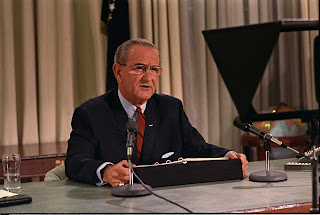April 1, 1923: Harold Lloyd's "Safety Last!" Premieres

April 1, 1923: Safety Last! premieres, starring one of the top comedians of the silent film era, Harold Lloyd. Harold Clayton Lloyd was born on April 20, 1893 in Burchard, Nebraska, and grew up in San Diego. Moving to Los Angeles, he became friends with film producer Hal Roach, and created Lonesome Luke, a character patterned after Charlie Chaplin's "Little Tramp." In 1917, he replaced this character with, as he put it, " an everyday young man in street clothes who faced comic situations with resourcefulness." The look, complete with glasses, is said to have inspired artist Joe Shuster to create the appearance of Clark Kent, alter ego of Superman. But, unlike Superman, he was not invulnerable. On August 24, 1919, while posing for some promotional still photographs in the Los Angeles Witzel Photography Studio, he picked up what he thought was a prop bomb and lit it with a cigarette. It exploded and mangled his right hand, causing him to lose a thumb and forefi...




